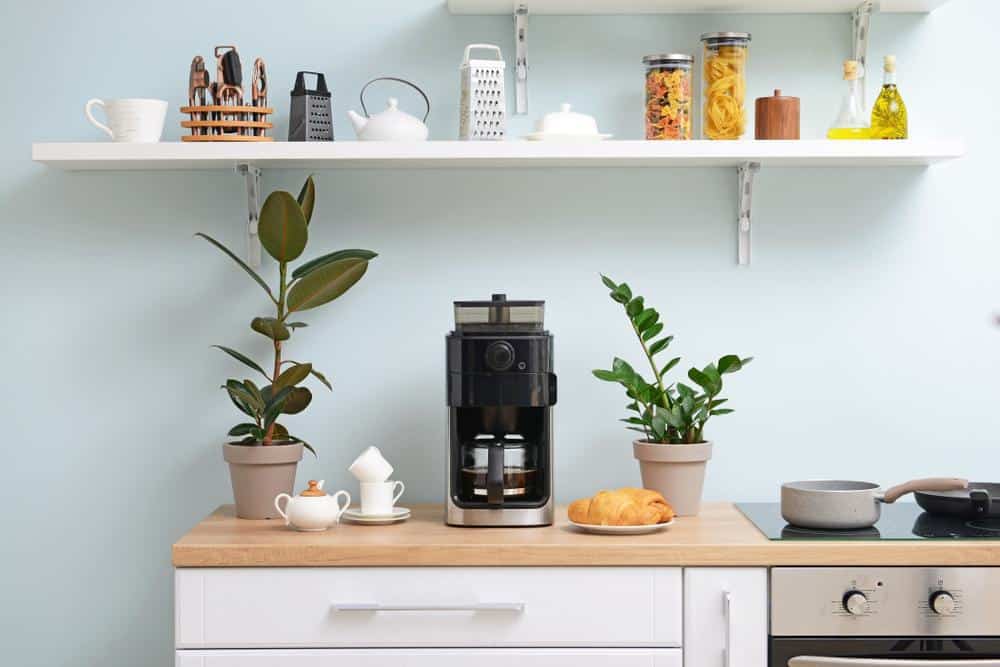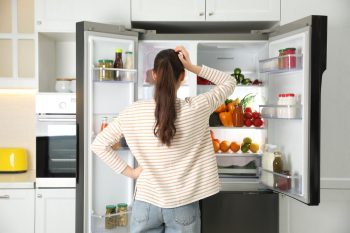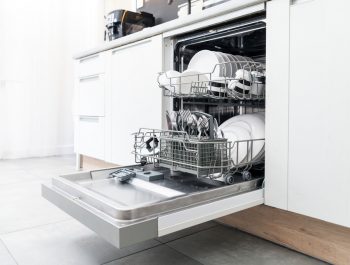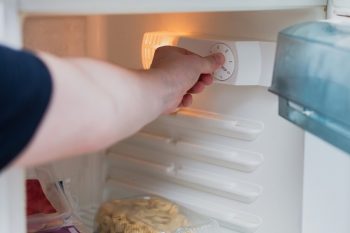
In our modern, fast-paced world, the coffee machine has become an indispensable appliance for many. Coffee lovers around the globe rely on it to kick-start their mornings and re-energize their afternoons. But have you ever stopped to wonder how that delicious cup of coffee is made? How does a coffee machine work? Let’s dig in.
A coffee machine works by heating water to the appropriate temperature, usually between 195°F and 205°F. The water is then pumped over ground coffee beans, dissolving soluble compounds such as caffeine, acids, lipids, sugars, and carbohydrates. This water, now infused with the extracted compounds, passes through a filter, leaving the coffee grounds behind. The filtered coffee liquid, also known as the brew, is collected in a pot or carafe. The exact process can vary depending on the type of coffee machine being used.
The Main Components of a Coffee Machine
The operation of a coffee machine involves several key components working together. These include:
- Power Button: The most basic part, used to turn the machine on and off.
- Portafilter: This is where coffee is ground before being placed in the group head to brew espresso.
- Boiler: This heats the water to the appropriate temperature for brewing espresso or producing steam for frothing milk.
- Pump: This moves water from the water source to the boiler and then to the group head or steam wand.
- Steam Wand: This component is used to steam and froth milk for beverages like cappuccinos and lattes.
- Hot Water Tap: This dispenses hot water from the boiler for making Americanos or other hot water-based beverages.
- Pressure Gauge: This measures the pressure inside the boiler and ensures that the water is at the correct pressure for brewing espresso or steaming milk.
- Drip Tray: This is located beneath the group head and steam wand to catch any spills or drips during the brewing process.
Understanding the role of each of these components can help you appreciate the complexity behind your daily cup of coffee and also troubleshoot any issues that may arise with your coffee machine.
The Brewing Process in a Coffee Machine
The brewing process in a coffee machine involves extracting flavors and other components from roasted and ground coffee beans using hot water. Here’s a step-by-step breakdown of how this process works:
- Water is heated to the appropriate temperature, usually between 195°F and 205°F.
- The coffee beans are ground to the desired consistency.
- The ground coffee is placed in a filter, which can be made of paper or metal mesh.
- Hot water is poured over the coffee grounds, either manually or automatically by the coffee machine.
- The water dissolves soluble compounds in the coffee grounds, such as caffeine, acids, lipids, sugars, and carbohydrates.
- The water, now infused with the extracted compounds, passes through the filter, leaving the coffee grounds behind.
- The filtered coffee liquid, also known as the brew, is collected in a pot or carafe.
The brewing process can be adjusted to suit individual preferences by altering factors such as the coffee-to-water ratio, grind size, water temperature, and brewing time.
Types of Coffee Machines
There are several types of coffee machines, each with its unique method of brewing coffee. These include automatic drip coffee machines, pour-over coffee makers, French press, espresso machines, single-serve coffee makers, Moka pots, siphon coffee makers, percolators, cold brew coffee makers, and AeroPress. Each type of coffee maker has its pros and cons and the choice depends on personal preferences and the desired taste of the coffee.
The Role of Water Temperature
Water temperature plays a crucial role in a coffee machine’s operation as it directly affects the extraction process. The ideal temperature range for brewing coffee is between 195°F and 205°F (90°C and 96°C). This range ensures optimal extraction of flavors and substances from the coffee grounds.
The Importance of Pressure in an Espresso Machine
The pressure system in an espresso machine plays a crucial role in determining the quality and flavor of the final product. Espresso machines typically operate at a pressure of around 9 bars. This high pressure is essential for extracting the maximum amount of flavor from the coffee grounds and creating the concentrated liquid gold shots that define espresso.
Maintenance of a Coffee Machine
To keep a coffee machine functioning optimally, you should perform regular maintenance tasks. These include daily cleaning, weekly inspections and cleaning, and bi-annual deep cleaning and maintenance. Regular maintenance can prevent common issues and ensure the longevity of your coffee machine.
The Evolution of Coffee Machines
Coffee machines have evolved significantly over the years in terms of technology and operation. The first prototype espresso machine can be traced back to the 19th century, with various inventors contributing to the development of coffee machines over the years.
In conclusion, the operation of a coffee machine involves a complex interaction of multiple components and processes. Understanding how a coffee machine works can enhance your coffee brewing experience and help you troubleshoot any issues that may arise. So the next time you enjoy your favorite cup of coffee, take a moment to appreciate the marvel of engineering that made it possible.
Frequently Asked Questions
What factors determine the grind size for coffee beans?
The grind size for coffee beans is primarily determined by the type of brewing method you are using. For example, espresso machines require a fine grind, pour-over coffee makers use a medium grind, and French press coffee makers require a coarse grind. The grind size can also be adjusted to suit personal taste preferences.
How does a coffee machine determine the correct water temperature?
Most coffee machines have a built-in thermostat or digital temperature control system that ensures the water is heated to the appropriate temperature range for brewing coffee, typically between 195°F and 205°F (90°C and 96°C).
What is the difference between an espresso machine and a regular coffee machine?
The main difference between an espresso machine and a regular coffee machine lies in the brewing process. An espresso machine uses high pressure (around 9 bars) to force hot water through finely ground coffee, resulting in a concentrated shot of coffee. A regular coffee machine, on the other hand, uses gravity or a pump to drip hot water over medium or coarse coffee grounds, producing a lighter and less concentrated coffee.
How often should I clean my coffee machine?
The frequency of cleaning a coffee machine depends on how often it is used. As a general rule, it should be cleaned daily after use to remove coffee grounds and residue. A more thorough cleaning and inspection should be carried out weekly, with bi-annual deep cleaning and maintenance to ensure optimal performance and longevity.
Can I use any type of coffee beans in a coffee machine?
Yes, you can use any type of coffee beans in a coffee machine. However, the type of coffee beans you choose will significantly impact the flavor and quality of your coffee. It’s essential to choose high-quality beans and grind them just before brewing to ensure maximum freshness and flavor.












